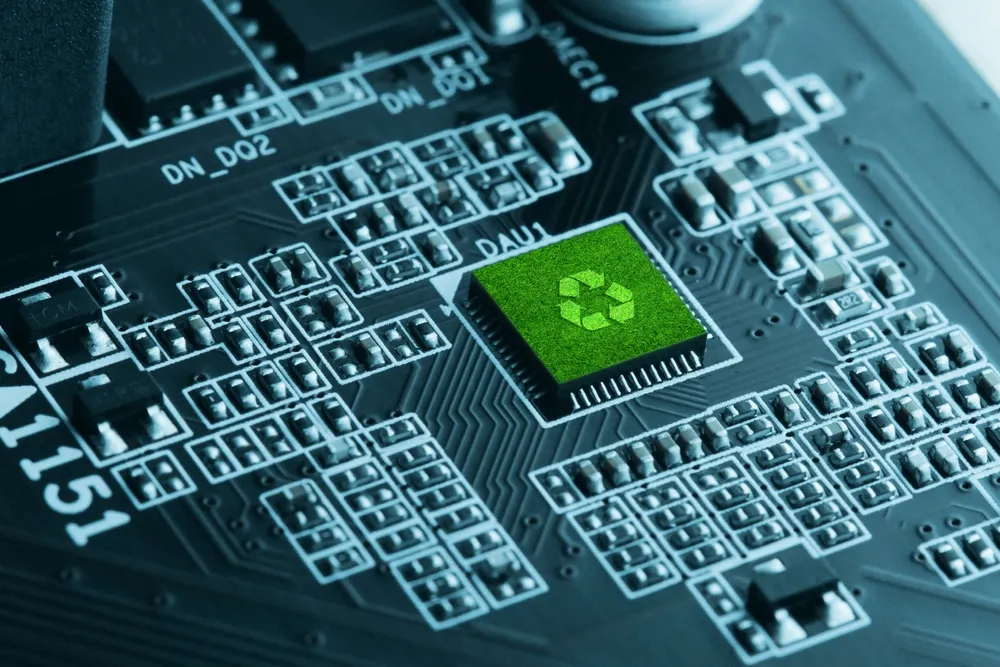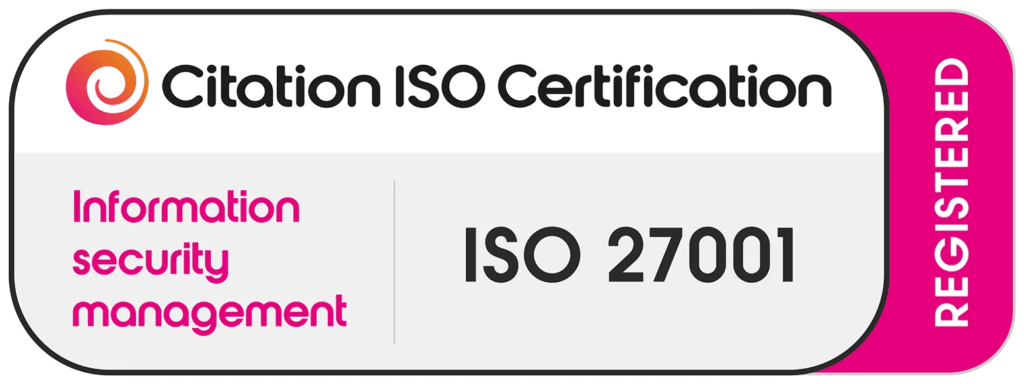Introduction
Certified Computer Waste IT Recycling Services for Safe Disposal are replaced frequently. This rapid upgrade cycle leads to a surge in outdated and unwanted IT equipment, commonly known as computer waste. Properly managing this e-waste is crucial, not just for environmental protection but also for data security and legal compliance.
Certified IT recycling services offer a professional, secure, and eco-conscious way to handle old hardware. These services focus on secure computer disposal, ensuring data is irreversibly destroyed and devices are recycled using WEEE-compliant recycling standards. In this guide, we’ll explore the entire lifecycle of computer waste and why your organisation should opt for certified disposal solutions.
Understanding Computer Waste
Definition and Types of Computer Waste
Computer waste includes outdated or non-functional desktops, laptops, servers, monitors, and peripheral devices like keyboards, mice, and external drives. As businesses grow, so does the pile of unused IT assets.
Environmental Impact of Improper Disposal
Improper disposal methods such as dumping or incineration release toxic substances like lead, mercury, and cadmium into the environment. These contaminants damage ecosystems and can pose health risks. That’s where eco-friendly IT disposal becomes essential for a sustainable future.
Importance of Certified Recycling Services
Benefits of Certification
Certified recyclers adhere to international standards like R2 (Responsible Recycling) and e-Stewards. These certifications ensure ethical handling of e-waste and verifiable data destruction services.
Compliance with Environmental Regulations
Using certified services also ensures compliance with local and international environmental laws, including the WEEE Directive, preventing legal penalties and boosting stakeholder trust.
Data Security in IT Recycling
Risks of Data Breaches
Old hard drives and servers may still contain sensitive business data. If not properly wiped or destroyed, they can lead to data breaches, resulting in financial and reputational damage.
Methods of Secure Data Destruction
Certified IT recyclers offer various data destruction services, such as:
- Physical shredding of hard drives
- Degaussing (demagnetizing)
- Software-based data wiping
These methods ensure total elimination of data and are often accompanied by a Certificate of Destruction.
Regulatory Compliance
Overview of WEEE Directive
The Waste Electrical and Electronic Equipment (WEEE) Directive mandates responsible recycling of electronics within the EU. It ensures e-waste is treated, reused, or recycled rather than dumped in landfills.
GDPR Implications in IT Disposal
Under GDPR, organizations are legally required to safeguard personal data even on retired IT equipment. Failure to dispose of data securely can lead to severe fines and legal repercussions.
Steps in Certified IT Recycling
Collection and Transportation
Professional recyclers offer logistics solutions for collecting and securely transporting obsolete equipment to recycling facilities.
Sorting and Processing
Devices are dismantled and sorted into components metals, plastics, and circuit boards then processed for reuse or recycling.
Final Disposal Methods
Non-recyclable parts are disposed of through environmentally sound methods, ensuring minimal environmental footprint and promoting sustainable e-waste practices.
Choosing the Right Recycling Partner
Criteria for Selecting a Certified Recycler
- Certifications (R2, e-Stewards)
- Experience in handling corporate IT waste
- Secure data destruction protocols
- Transparent reporting and tracking
Questions to Ask Potential Service Providers
- What certifications do you hold?
- Do you provide a Certificate of Data Destruction?
- How do you ensure compliance with WEEE and GDPR?
Choosing the right partner ensures smooth and safe corporate IT recycling solutions.
Case Studies
Success Stories of Organizations Implementing Certified Recycling
A Fortune 500 company reduced e-waste by 45% by implementing certified IT asset disposition (ITAD) practices and saved over $100K annually in IT management costs.
Lessons Learned
- Early planning leads to smoother disposal
- Partnering with certified vendors ensures peace of mind
- Staff training improves recycling compliance
Cost Considerations
Pricing Models for Recycling Services
Most services charge based on:
- Volume of e-waste
- Type of equipment
- Required data destruction level
- Transportation logistics
Cost-Benefit Analysis of Certified vs. Non-Certified Services
| Service Type | Initial Cost | Long-Term Savings | Legal Risk | Environmental Impact |
| Certified Recycling | Higher | High | Low | Positive |
| Non-Certified Methods | Lower | Risk-prone | High | Negative |
Investing in certification yields better returns in security, compliance, and brand value.
Environmental Benefits
Reduction in Landfill Waste
Certified services Recover and repurpose valuable materials like copper, gold, and aluminum, reducing the load on landfills.
Conservation of Natural Resources
Recycling preserves resources by reducing the need to mine new raw materials, promoting a green IT solution for future tech use.
Corporate Social Responsibility (CSR)
Role of IT Recycling in CSR Initiatives
Certified recycling aligns with CSR objectives by showcasing a commitment to sustainability and ethical business practices.
Enhancing Company Reputation Through Sustainability
Publicly reporting recycling efforts can enhance a company’s image, attracting eco-conscious clients and employees.
Technological Innovations in Recycling
Emerging Technologies in E-Waste Management
New solutions include robotic disassembly lines, AI-powered sorting systems, and blockchain for traceability.
Automation and AI in Recycling Processes
Automation boosts speed and accuracy in material recovery while reducing manual labour and safety risks.
Challenges in IT Recycling
Common Obstacles Faced
- Lack of awareness
- Limited infrastructure in rural areas
- Cost concerns
Strategies to Overcome Challenges
- Employee training
- Government incentives
- Partnership with experienced recyclers
Future Trends
Predictions for the IT Recycling Industry
- More countries will enforce WEEE compliant recycling laws
- Rise in demand for eco-friendly IT disposal solutions
- Increased use of AI and automation
Upcoming Regulations and Standards
Expect stronger enforcement of GDPR-like data security regulations and new global sustainability mandates.
Conclusion
In a digital era where devices age quickly, certified computer waste IT recycling services for safe disposal are not just a convenience; they’re a necessity. They ensure secure computer disposal, regulatory compliance, and a smaller carbon footprint. Whether you’re a small business or a global enterprise, choosing certified recycling means choosing a smarter, safer, and greener path forward.
FAQs
1. What is certified IT recycling?
Certified IT recycling ensures data-safe, environmentally compliant disposal of electronic waste using industry-recognized certifications like R2 and e-Stewards.
2. Why is secure data destruction important?
It prevents sensitive data from being recovered and misused, protecting companies from legal and reputational harm.
3. What does WEEE-compliant recycling mean?
It follows the EU’s Waste Electrical and Electronic Equipment Directive, ensuring electronics are properly reused or recycled.
4. How do I know if a recycler is certified?
Ask for their certifications, check their website, and request compliance documentation.
5. What are ITAD services?
IT asset disposition (ITAD) involves responsibly managing the end-of-life process for IT assets, including reuse, recycling, and data destruction.
6. Can I recycle only part of a computer?
Yes. Certified recyclers disassemble devices and recycle or dispose of each component individually.



